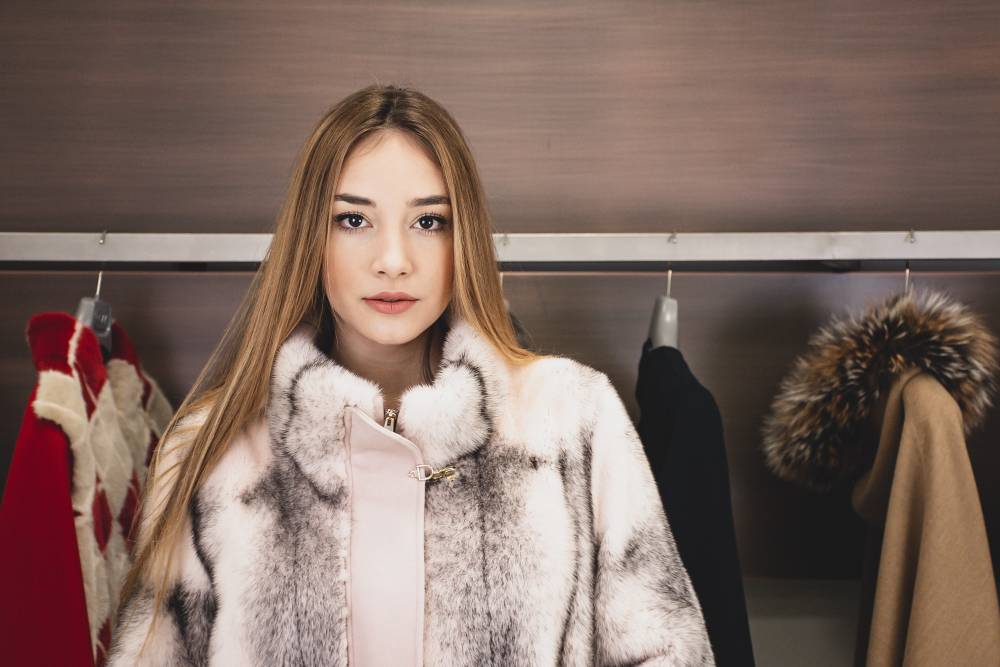
Animal cruelty is everywhere in the fashion industry. Even if men and women have been using animals for clothing for thousands of years, today it's cruel and unnecessary.
The global textile and apparel industry kills billions of animals every year for fashion. Their pelts and skins are used to make products such as fur, wool, leather, down, and silk.
Clothing and accessories made from animal products and by-products are widely produced in the fashion world. A lot of sweaters, coats, jackets, shoes, bags, and belts are responsible for the mass-trapping and farming of animals.
Most consumers don't realize the damage they are causing by buying and wearing these items. Even with so many available alternatives to their fast fashion consumption, they keep their excessive shopping habits.
No animal should have to suffer to make beautiful and functional clothes. Animal cruelty has no place in modern society.
As consumers, we should care more about how our clothes are being made and the impact of our wardrobe on the planet, people, and animals living on it.
The fashion industry is one of the largest in the world. It's also the second most polluting industry globally. Apparel production has doubled over the last 15 years to meet consumers' demand.
What we choose to wear has a huge impact. Our values and lifestyles matter on a global scale. Our clothing choices not only enrich our lives but also shape the future we leave for our children.
It’s time to look deeply into the use of animals in the fashion industry. We must change the negative impact of fashion into a more ethical, positive, and empowering reality.
Panaprium is independent and reader supported. If you buy something through our link, we may earn a commission. If you can, please support us on a monthly basis. It takes less than a minute to set up, and you will be making a big impact every single month. Thank you!
Wearing animal fur is cruel

Animal fur is one of the oldest forms of clothing. Today, it's used as a luxury in fashion to make clothing such as capes, parkas, vests, boleros, coats, and jackets.
Minks, goats, foxes, coyotes, wolves, rabbits, even cats, and dogs are killed to make fur clothes in the textile industry. Fur pelts are obtained from furry animal hide, animal skins with hair left.
About 245 mink farms in 22 states across the United States produce around 3.1 million pelts annually, according to the Fur Commission.
“85% of the fur industry’s skins come from animals raised in battery cages in fur farms, where animals are deprived of the quality of life.”
- Animals Australia, a leading animal protection organization
Every year, millions of animals are poorly treated, beaten, electrocuted, or skinned alive to make fur clothes. It's unacceptable. Today, buying and wearing fur clothes is irrelevant and outdated.
Many fashion designers and brands such as Armani, Calvin Klein, Gucci, Michael Kors, Vivienne Westwood choose to avoid fur completely. A lot of A-list celebrities and social media personalities are also against the use of real fur in fashion.
"Fur? I am out of that. I don’t want to kill animals to make fashion. It doesn’t feel right."
- Donatella Francesca Versace, Versace Chief Creative Officer
"I am against the contemporary practice of commercial farming of animal fur. Period. It is abusive and not eco-friendly. On the other hand, I am not against indigenous folks and people living in a similar subsistence situation securing and using furs for warmth to survive."
- Dr. Jane Hudak, Ph. D. in Art Education from The Ohio State University
Many animal rights organizations such as People for the Ethical Treatment of Animals (PETA) mobilize consumers, organizations, and public figures to boycott fur clothes because it's cruel and unnecessary.
Read more...
Endangered species are killed for fashion

The fashion industry is responsible for the trapping and skinning of many endangered animals each year. The fur and leather trade threatens many animal species that should be protected.
Trappers and hunters kill a large number of reptiles, kangaroos, ostriches, beavers, wild cats, bears, antelopes, and seals to sell their pelt that will be used in fashion.
Fashion threatens many of these wildlife species with extinction. It's very common for wildlife and endangered animals to suffer immense pain, being trapped, caged, and skinned alive to make textiles.
Luckily, organizations such as The International Union for Conservation of Nature's (IUCN) Red List of Threatened Species provides information about uses, trade, and threats to encourage action for biodiversity conservation.
Many wild animals are protected by law under the Endangered Species Act (ESA). However, the poaching and illegal international trade of threatened animals continue to this day.
Read more...
Wool production is unethical

Contrary to popular belief, wool production is cruel and unethical. Wool is arguably the most misunderstood animal product used in the fashion industry.
More than 95% of all wool comes from mass production globally. And mass production isn't ethical. Wool production grew to 1.155 million kg in 2018, made from 1.177 billion sheep around the world, according to the International Wool Textile Organisation (IWTO).
Many animals die in the global wool industry. Wool is obtained from goats, sheep, muskox, camelids, or rabbits. These animals don't like being caught and don't need shearing from humans.
To produce wool, animals are enslaved, exploited, subjected to painful treatments, and exposed to dangerous substances with long-term disastrous effects on ecosystems and human health.
Wool production has a disastrous impact on the environment. The farming and processing of wool pollute the air, soil, and water, producing tons of greenhouse gases and wastes. Unfortunately, many people still believe that wool is an environmentally friendly material.
“It would be absurd to replace wool, a natural material, with plastic fibers which do not degrade, are made from fossil fuel, and may end up polluting the ocean.”
- Phil Stocker, Chief Executive Officer of the National Sheep Association
Every year to make wool, billions of animals are mutilated and cut into slavery. Animal welfare is rarely considered in the fashion industry as it raises animals to make profits.
There is no need to wear wool to stay warm today. There are plenty of ethical and sustainable alternatives such as organic cotton, linen, lyocell, or recycled fabrics.
Read more...
Leather mass-slaughters animals

Leather is an animal-derived product that has been used for clothing for thousands of years. But the fact that the majority of people are okay with it doesn't make it right.
The leather industry brutally slaughters billions of animals every year for fashion.
2.29 billion cows, calves, buffaloes, goats, and pigs were killed for their hide and skin to make leather in 2018, according to the Food and Agriculture Organization of the United Nations (FAO).
159 million animals are slaughtered to make leather each year in the United States. That number is four times higher than in 1980.
Many other animals such as seals, sheep, deer, alligators, snakes, zebras, sharks, cats, and dogs are killed to produce leather. They are often hunted, caged, farmed, and skinned alive.
Animals are farmed in factories under inhumane conditions. They lived in crowded environments. are deprived of liberty, and subjected to painful treatments.
Leather tanning causes the suffering of billions of animals around the world. It's also very destructive to the environment, ecosystems, and human health.
It requires tons of toxic chemicals for washing, bleaching, tanning, dyeing, and treating animal-derived textiles that pollute nearby environments, rivers, water sources, and soils.
Leather isn't just a byproduct of the meat industry. On its own, the leather industry is already very lucrative. The skins and hides are the most valuable parts of animals, as reported by Bloomberg.
Buying leather goods doesn't prevent waste. Some leather comes from animals slaughtered for their meat. But the best leather is made from very young animals that have smooth skin, and no scratch or parasite yet.
Read more...
Silk involves animal exploitation

Silk production is responsible for the exploitation and killing of sensitive animals, silkworms. Instead of buying silk, choose the many animal-free alternatives available today.
Silk has been considered a luxury and one of the finest fiber in the fashion world for thousands of years. Today, many clothing designers and brands use silk to make blouses, suits, lingerie, loungewear, dresses, sleepwear, and shirts.
Like other insects, silkworms are animals. Hundreds of thousand silkworms have to die to make silk textiles each year. About 168,300 tons of raw silk are produced annually, according to the FAO.
More than 5,000 silkworms are necessary to produce just one kilogram of silk, according to PETA. It takes up to 2,000 cocoons to make a silk dress.
The most well-known silk is obtained from the cocoons of the larvae of the mulberry silkworm Bombyx mori. It's a commercial species of silkworms and a caterpillar of the domestic silkmoth.
But silk also involves the suffering of other animals such as ants, wasps, bees, beetles, leafhoppers, flies, and spiders. Many different insects make cocoons that are used to produce silk.
Silk production is as exploitative and cruel today as it was centuries ago. Many silkworm hatchlings die prematurely from dehydration or starvation.
In nature, silkworms chew their way out of their cocoon. However, to preserve material value, most silkworms are killed in the pupal stage by placing cocoons in boiling water.
Dropping silkworms and their cocoons into boiling water makes them potentially suffer and kills them. Collecting cocoons left by insects in the wild could make ethical silk. However, this process is inefficient, costly, and not viable for commercial use.
Read more...
Goose down and down feathers

Down is a layer of fine feathers found under the tougher exterior feathers on ducks, geese, and swans. It's praised in the fashion industry for its thermal insulation and padding. Down feathers have been used for insulation for centuries.
Down is gathered when birds are still alive or after they have been killed. Feathers do grow back. To maximize profits, most down is obtained by live-plucking without anesthetic, which is inhumane and unethical.
A single goose produces 60 grams of down. One farm admitting to producing 15 tons of down every year would process 250,000 live-pluckings, according to PETA.
Some certifications such as the Responsible Down Standard (RDS) aims to ensure that down doesn't come from animals that have been subjected to any unnecessary harm.
However, some certified suppliers are still sourcing live-plucked down. And the mass-farming and killing of animals for fashion are still damaging to the environment, unnecessary, and cruel.
Make the compassionate choice to pledge vegan and cruelty-free alternatives instead.
Was this article helpful to you? Please tell us what you liked or didn't like in the comments below.
About the Author: Alex Assoune
What We're Up Against
Multinational corporations overproducing cheap products in the poorest countries.
Huge factories with sweatshop-like conditions underpaying workers.
Media conglomerates promoting unethical, unsustainable products.
Bad actors encouraging overconsumption through oblivious behavior.
- - - -
Thankfully, we've got our supporters, including you.
Panaprium is funded by readers like you who want to join us in our mission to make the world entirely sustainable.
If you can, please support us on a monthly basis. It takes less than a minute to set up, and you will be making a big impact every single month. Thank you.


















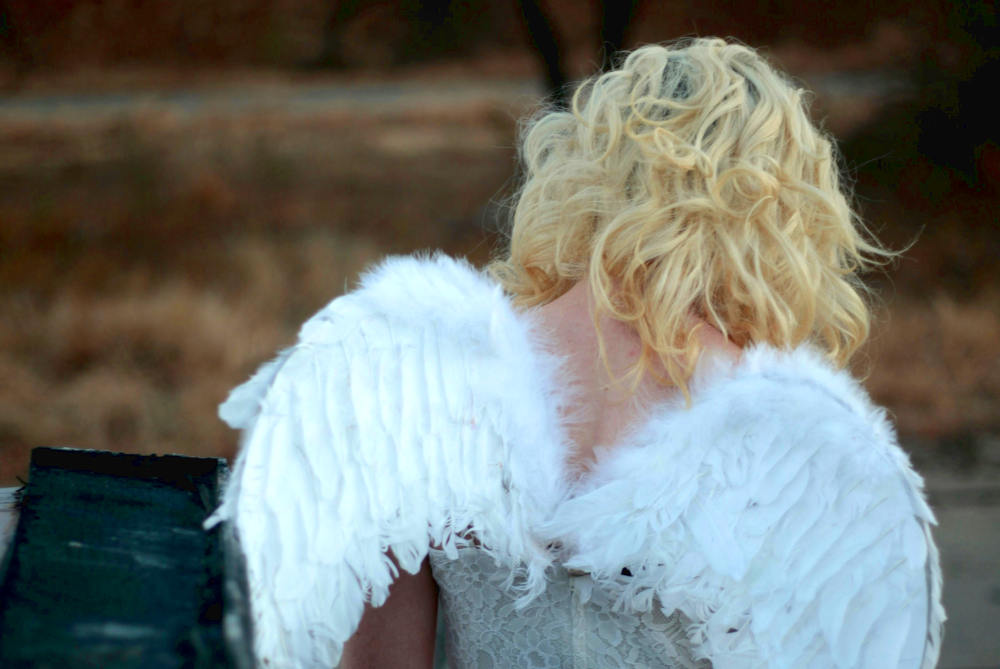
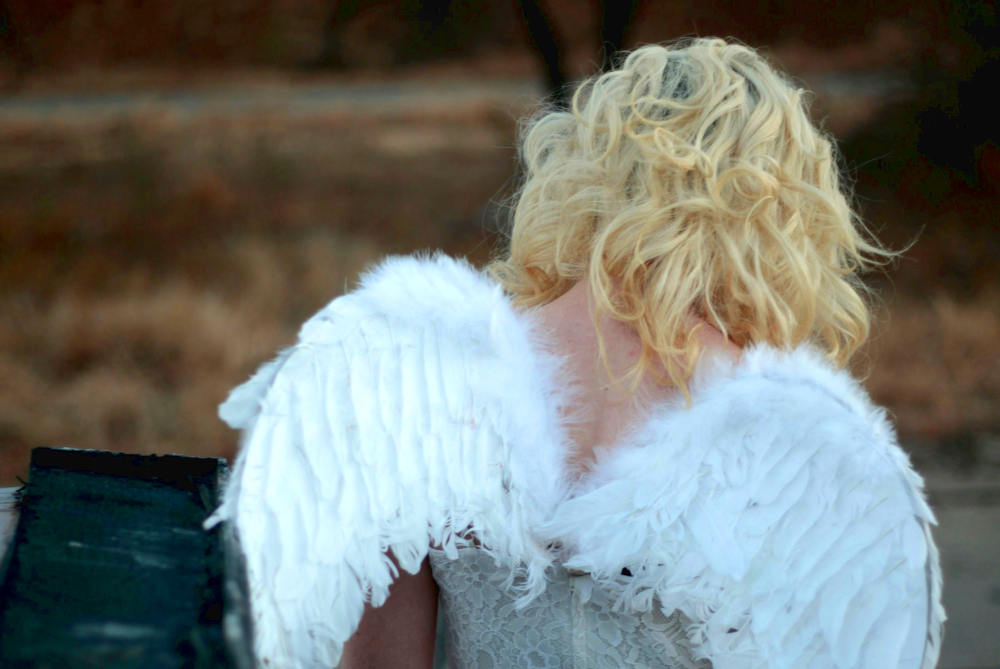
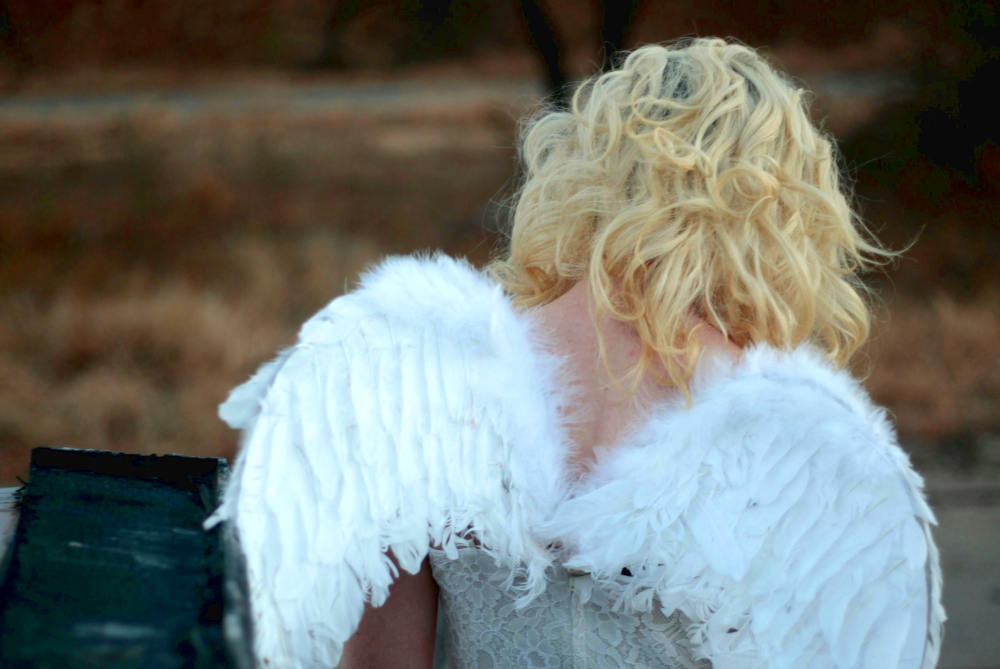
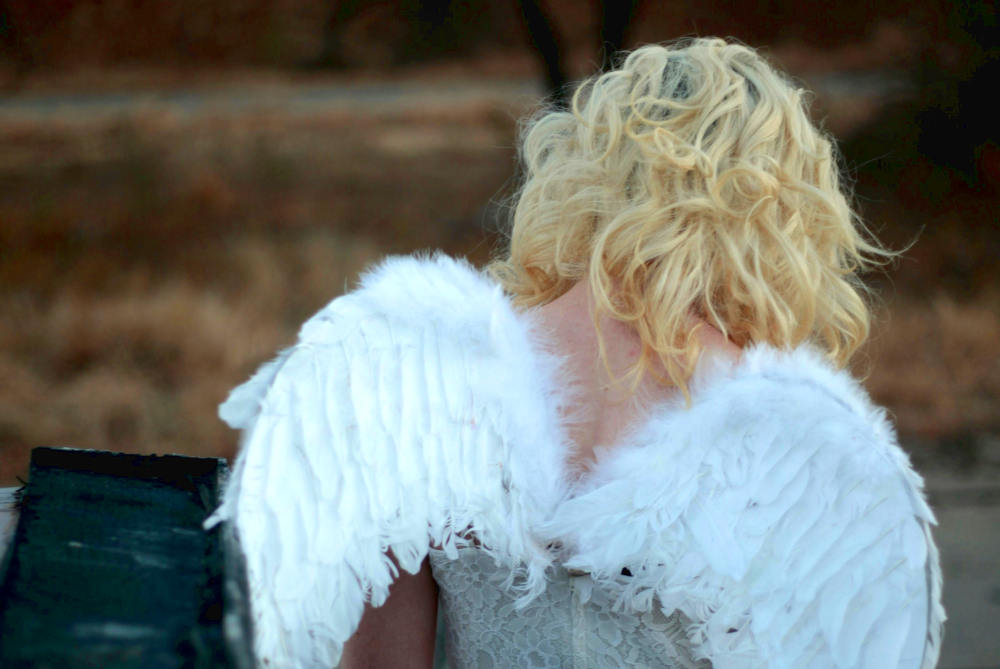










0 comments